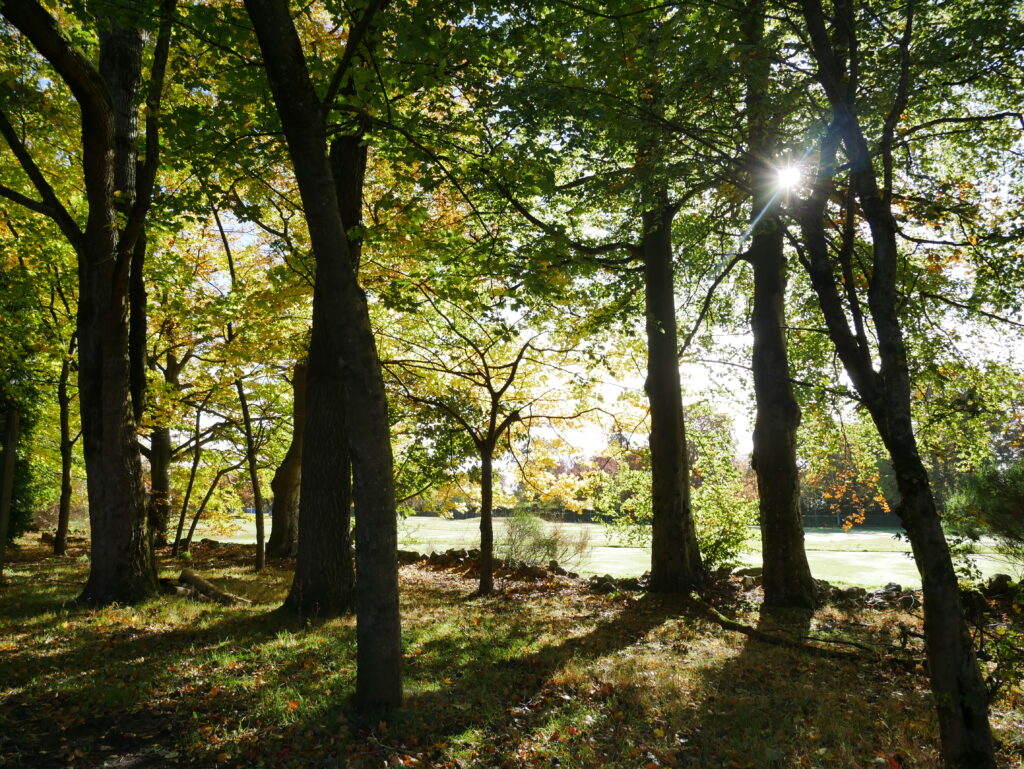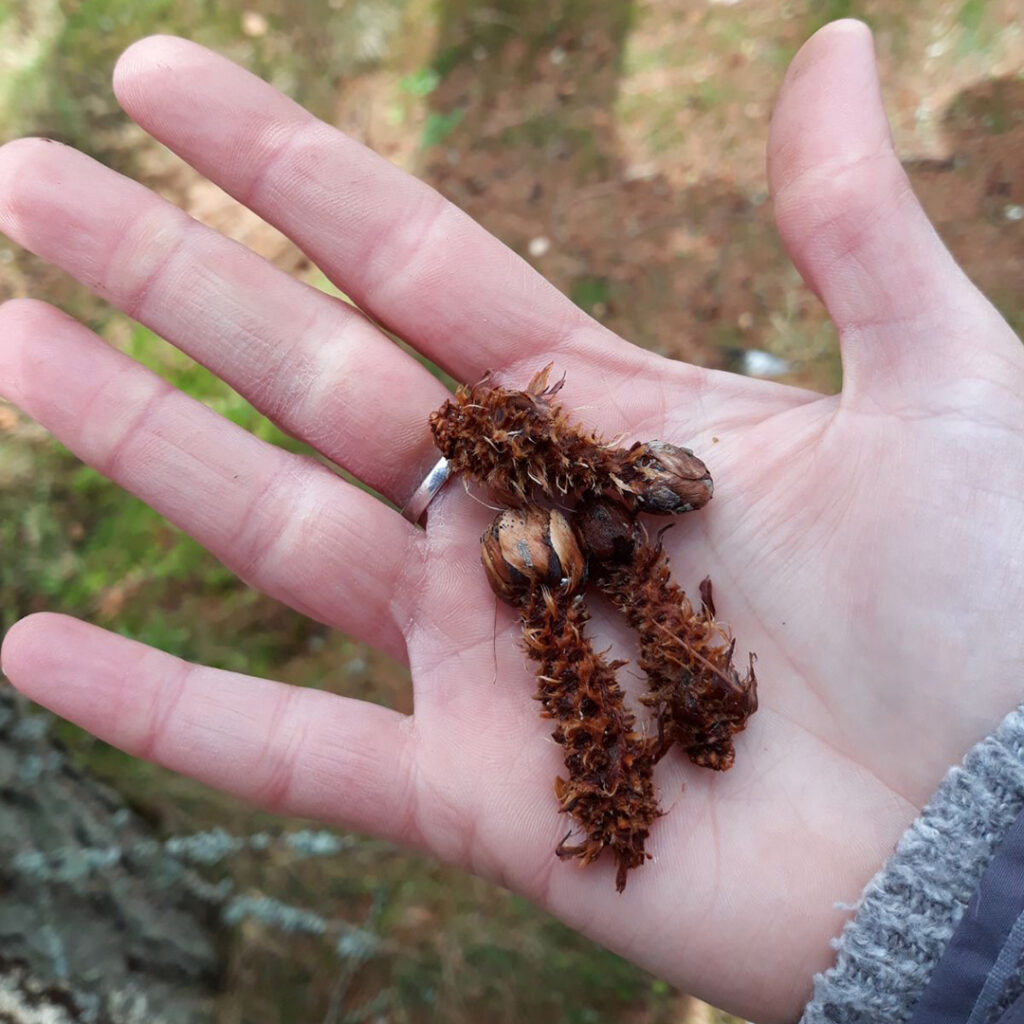We want to help you get the most out of your Great Scottish Squirrel Survey week and give you the best opportunity possible to see our furry friends out in the wild. Our SSRS Conservation Officers from across the country have come up with a guide of subtle signs, memorable marks and helpful hints to assist you on your adventures over the next few days.
Where & When
You could plan a trip almost anywhere in Scotland, or even just outside your front door. There are a number of well-known squirrel stomping grounds you could visit; however, it is equally important to consider an area that could be an ideal squirrel habitat where few sightings have been recorded before.
Squirrels live in trees, and although dense woodland is a prime habitat they can also be seen in urban areas where pockets of trees can be found – so don’t rule out the possibility of seeing a squirrel if you live near a city.
Our sightings maps are a useful tool in seeing where both reds and greys have been recently spotted across Scotland. We also have a map on our red squirrels information page with some additional information on key red squirrel sighting locations.
You can look for squirrels at any time of the day. Autumn is a fantastic time of year for squirrel spotting as they are often more visible than usual as they busily gather food, preparing themselves for the colder months ahead. We can recommend early mornings and late afternoons as key times for seeing squirrels when they are most active during the day.
‘Tell-Tail’ Signs
Before looking up to the trees, we suggest looking down. Our first top tip is to look for signs of feeding, a great way to tell if squirrels are in the area. Cones are a favourite of squirrels so you will often find them nibbled on the ground. A messy chewed cone is most likely a squirrel, while a neatly chewed cone could be a smaller creature like a mouse.
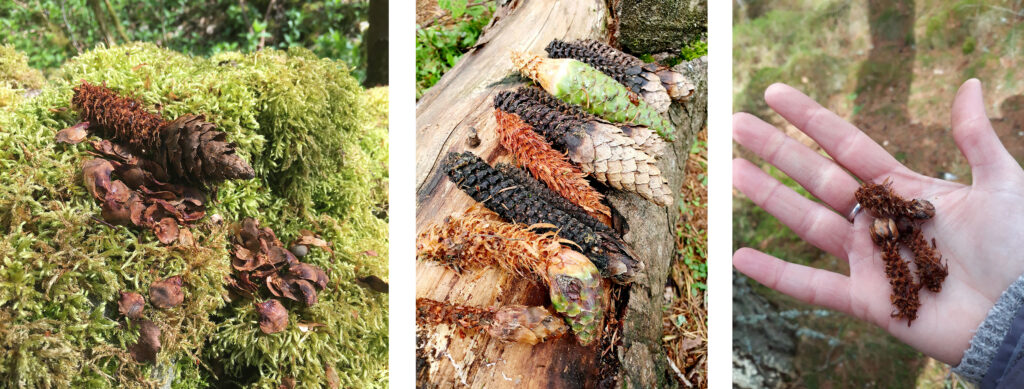
Squirrels like to eat in comfort, and like finding a raised mossy area in the sunshine to feed – so don’t forget to take a look out for moss-covered stumps.
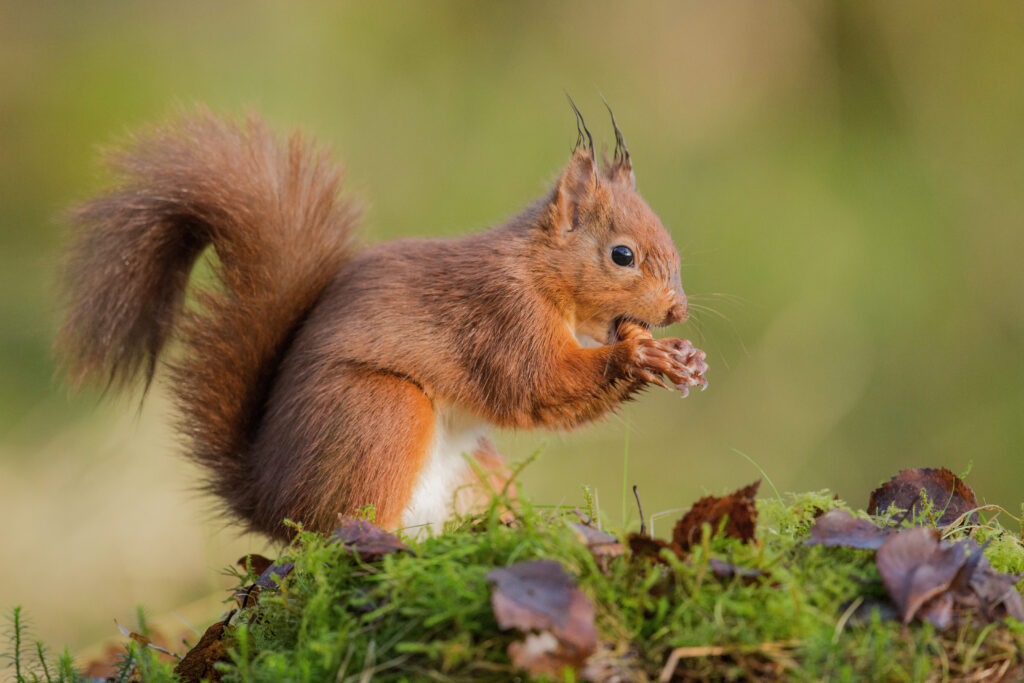
Mushrooms are another firm favourite of squirrels at this time of year. You may find half-munched mushrooms with small teeth marks where a squirrel has stopped for a snack. In preparation for winter, they have also been known to hang their mushrooms in trees to dry, before storing them in their own ‘mini larders’.
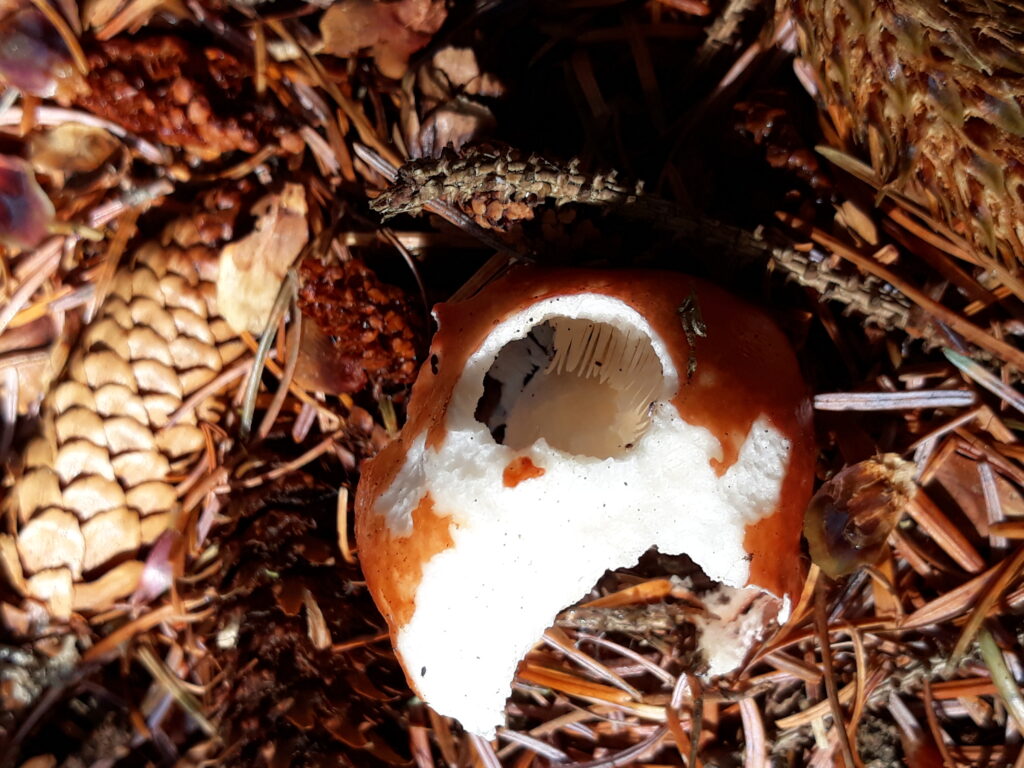
If the weather has turned, you may still be able to spot signs – such as seeing squirrel tracks in fresh mud. Look for tiny, human-like hand prints – here’s an example of squirrel prints seen in winter snow.
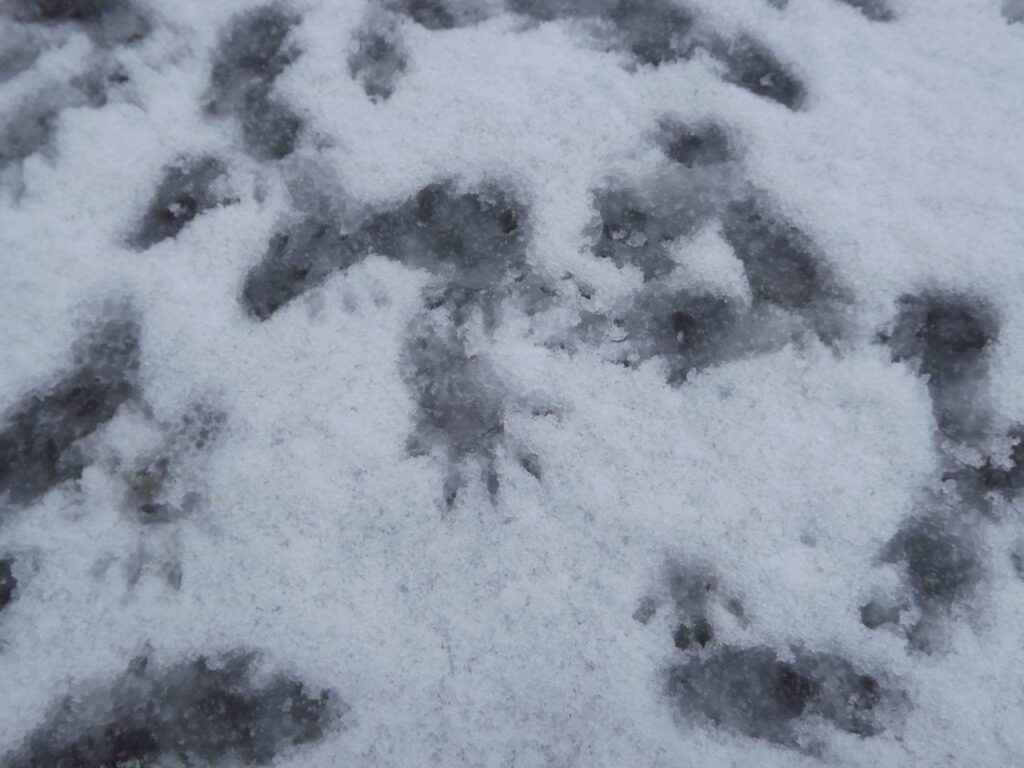
While you are out walking, if you see a feeder box this could also be a sign that squirrels are in the area. Each year, Saving Scotland’s Red Squirrels run a Spring Survey in targeted areas to research red and grey populations.
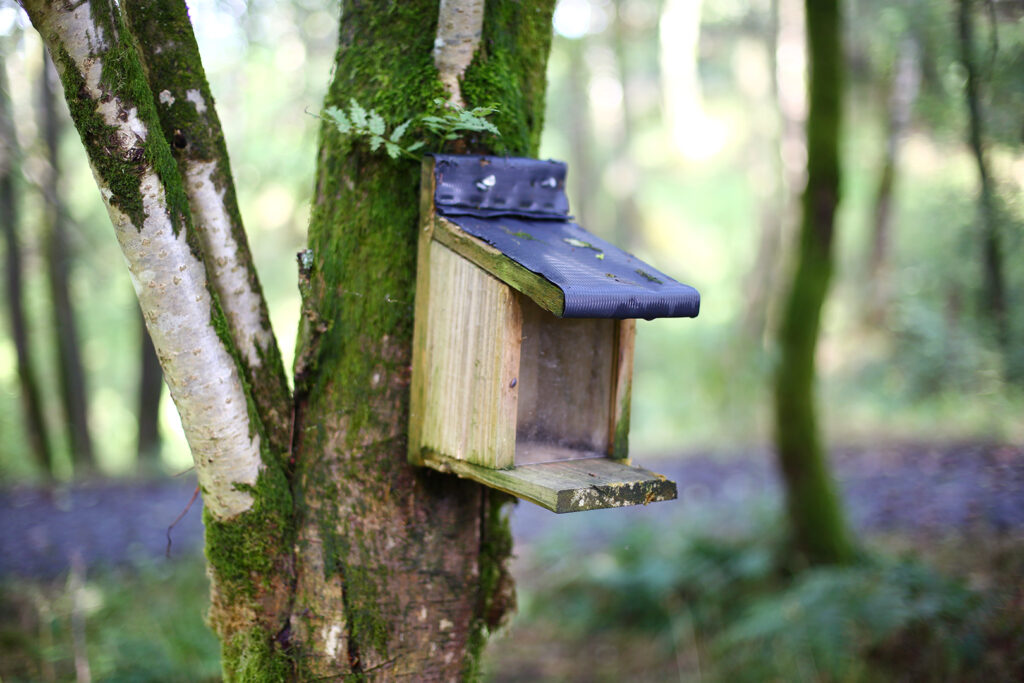
If you are looking up to the trees, you may be able to find a squirrel nest if you look closely enough. Dreys are similar to birds’ nests, resembling an untidy ball of sticks with a soft lining of mosses, leaves and grasses.
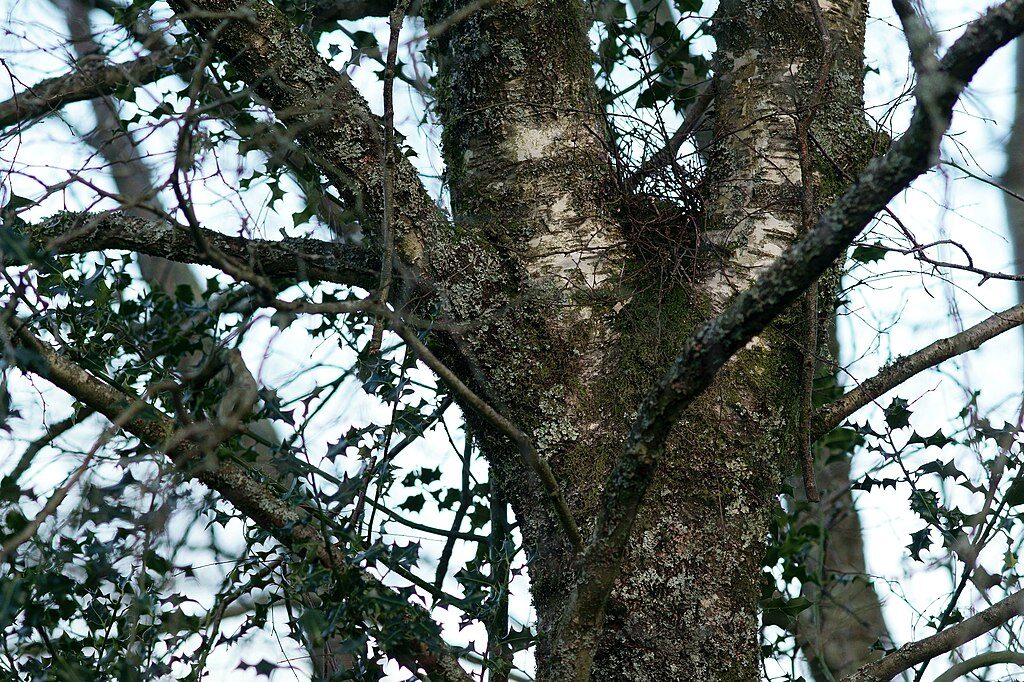
And lastly, don’t forget to listen. Often you can hear a squirrel before you see it. Become one with your surroundings by wearing neutral colours, shoes that are gentle underfoot and soft clothing so as not to make a noise. If you sit for long enough, you may just hear claws climbing up and down trees, the noise of a cone being chewed or the drop of leftover food hitting the ground.
